Berlin was the most famous but by no means the only city in Europe to be divided by the Cold War. The cartographers of the Iron Curtain were unforgiving in the aftermath of World War II when it came to separating residents from each other in towns all along the perimeter where the communist “East” touched the capitalist “West.”
One of those places was Gmünd, in Lower Austria, and its sister Czech town of České Velenice, which I knew from my train journeys up to Prague from Vienna as a reporter for Business International and the Economist in the 1980s. At the time, the main Vienna-Prague rail line ran northwest from Vienna, passing through southern Bohemia on its way up to Prague (today the route starts to the northeast of Vienna and runs through Brno, east of Prague). The new route is longer, but quicker.
Traveling up from Vienna back then, Gmünd was the last stop in the west and České Velenice the first stop in east. The irony, of course, was that they were historically the same town. The two train stations were separated by machine guns and barbed wire, but were just 3kms (2 miles) apart.
Until Czechoslovak independence in 1918, the whole area was known simply as Gmünd, a town that traces its roots back to the 13th century and has the Gothic and Renaissance architecture to prove its claims. The name “České Velenice” was adopted after independence in 1918 to describe that part of Gmünd that fell to Czechoslovakia. Until WWII, the region functioned essentially as one city (albeit with different languages and cultures).
It was only after the war and the 1948 Communist coup that the border became real.
I still remember those train journeys from the late 1980s like they were yesterday. The first leg, the two-hour trip up from Vienna to Gmünd, would feel like any other Austrian commute. The train would be filled with school kids or businessmen or families visiting relatives in the provinces. Once we pulled into Gmünd’s small station, though, the train would shut down, the carriages would empty out, and I’d be left sitting alone for the short shuttle across the Iron Curtain.
We’d sit for a while, maybe a half hour or so, and the train would lurch back to life. We’d rattle on for a few minutes and chug our way into České Velenice’s more substantial station. The engineer would cut the motor again (but this time it felt real), the train would gasp, and then die. There was no telling when we’d continue onward.
Fragments of České Velenice’s train station still haunt my dreams. In my mind’s eye, I see a nearly empty station, with a few workers washing the building’s windows or sweeping the platforms, but mostly devoid of any other passengers. The silence is palpable, pierced only by police whistles in the distance, a few muffled words between soldiers, and the inevitable banging up the stairs as the soldiers and customs agents board the carriages. At this point I know it’s only a few minutes until my compartment door slides open and I present my American passport to a startled agent.
Customs formalities were usually routine, and I never encountered any serious problems at the border. Once – though not on one of these trips – I was doing a favor for a friend by carrying several thick rolls of Polish złoty across the Czechoslovak border into Poland. Importing currency back then was strictly verboten, but I was seldom checked and happy to help out a couple in Poland who needed the money to buy a house. I’d completely forgotten about the money (which was hidden in some socks in my suitcase) until the customs agent pointed to my bag on the rack above my head and asked to take a look inside. I broke into a cold sweat and could scarcely lift the suitcase down without shaking. He made a quick search, found nothing, and wished me a pleasant journey.
Though I passed through Gmünd-České Velenice half a dozen times from 1987 to 1989, I never had any reason to get off the train and had no idea what the town was really like. When I saw on the map that a recent travel-writing research trip would take through the area, I knew this time I had to stop over.
On this trip, I’d be driving (and not taking the train). This was fortunate because once I stepped into České Velenice’s oversized – and nearly empty -- train station, I realized that not many trains pass through here these days. The Vienna-Prague line was re-routed through Brno sometime in the 1990s, and it’s clear the station and town are still coping with the railroad relegation.
This must have been quite a climb-down for České Velenice-Gmünd. The town was one of the original stops on the historic Franz-Josefs-Bahn (the Emperor Franz Joseph Railway), which was the first direct rail line between Vienna and Prague in the mid-19th century. České Velenice owes its impressive station to its position along this once-important rail link.
Though the Iron Curtain was pulled down nearly 30 years ago and the pre-World War II “border-less” status between Gmünd and České Velenice has been restored, the two still feel very much like separate places. Indeed, the hideous Cold War checkpoint along the main road linking the two centers is -- incredibly -- still standing. The checkpoint is unguarded and unmanned, but its very presence is a stark reminder of recent history and perhaps reflects some lingering skepticism on the part of residents that open borders are really here to stay.
Or maybe residents are still uncomfortable with the fact that České Velenice and Gmünd are now, once again, essentially one place? It’s hard to say. It may take many more decades before residents of both parts of town fully re-embrace their shared geographic and historic identity.
Modern-day Gmünd, which incorporates the town’s historic center, appears to be the far more prosperous part of town. On my visit on a hot Saturday afternoon in August, the restaurants and ice-cream parlors along the main square were doing a booming trade.
Central České Velenice, by contrast, just a couple of kilometers away, was nearly empty. To be fair, this was always an underdeveloped part of Gmünd, even back in the day. Judging by the signs out front, most of the shops here cater to various border-town vices like gambling, prostitution and garden gnomes. Most prices are denominated in euros (not crowns) and the parking lots are sprinkled with Austrian plates. It’s pretty clear who’s doing the selling and who’s doing the buying.
I’ve never actually seen a town filled with so many grandiose brothels, but even these appear to be falling on hard times (scroll down beyond the map for more photos).
I was a little let down by the visit. I’m not sure what I was expecting, but I suppose I was hoping that something of the European Union good-neighbor ideal (whatever that means) might have made more of an impression by now, and that commerce and living standards would be more balanced.
The high point of my trip came when I got on my bicycle and rode through some of the fields surrounding the town that mark where the old Cold War frontier once stood. The EU’s “Iron Curtain Cycling Trail” follows an old narrow-gauge railway line that once linked the big train station in České Velenice with the historic center of Gmünd. It's only once you're out on the bike that you realize just how close these places really are to each other.
It’s a beautiful ride through unspoiled, open field, and as I was cycling I came up with an instant note-to-self, bucket-list aspiration: to follow this trail someday end-to-end. I think it would be a spectacular ride.
(I wrote about the funny things that could happen on the train ride up to Prague from Vienna in an earlier post: Part 2: My Czech Friend 'Arno')
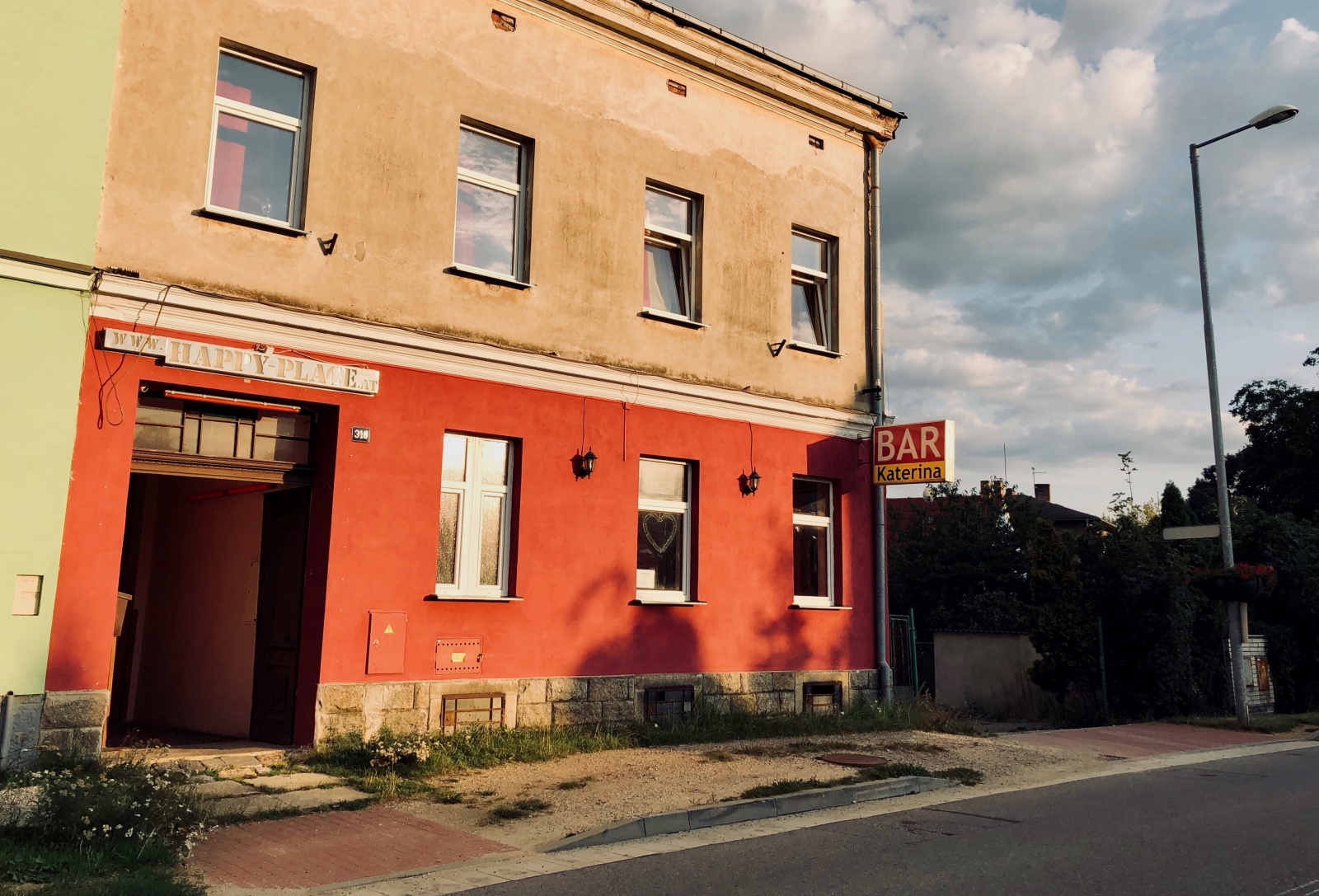
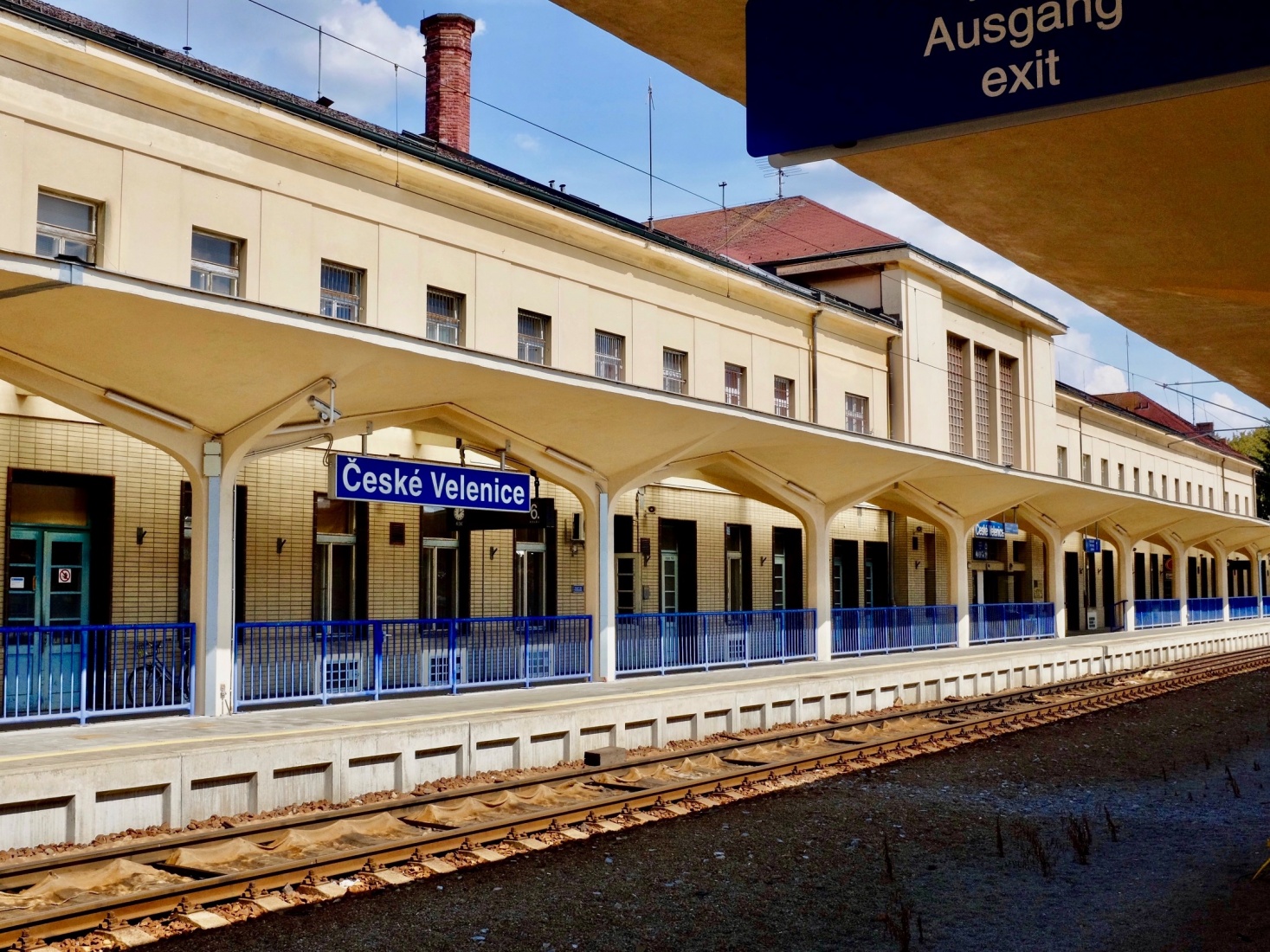
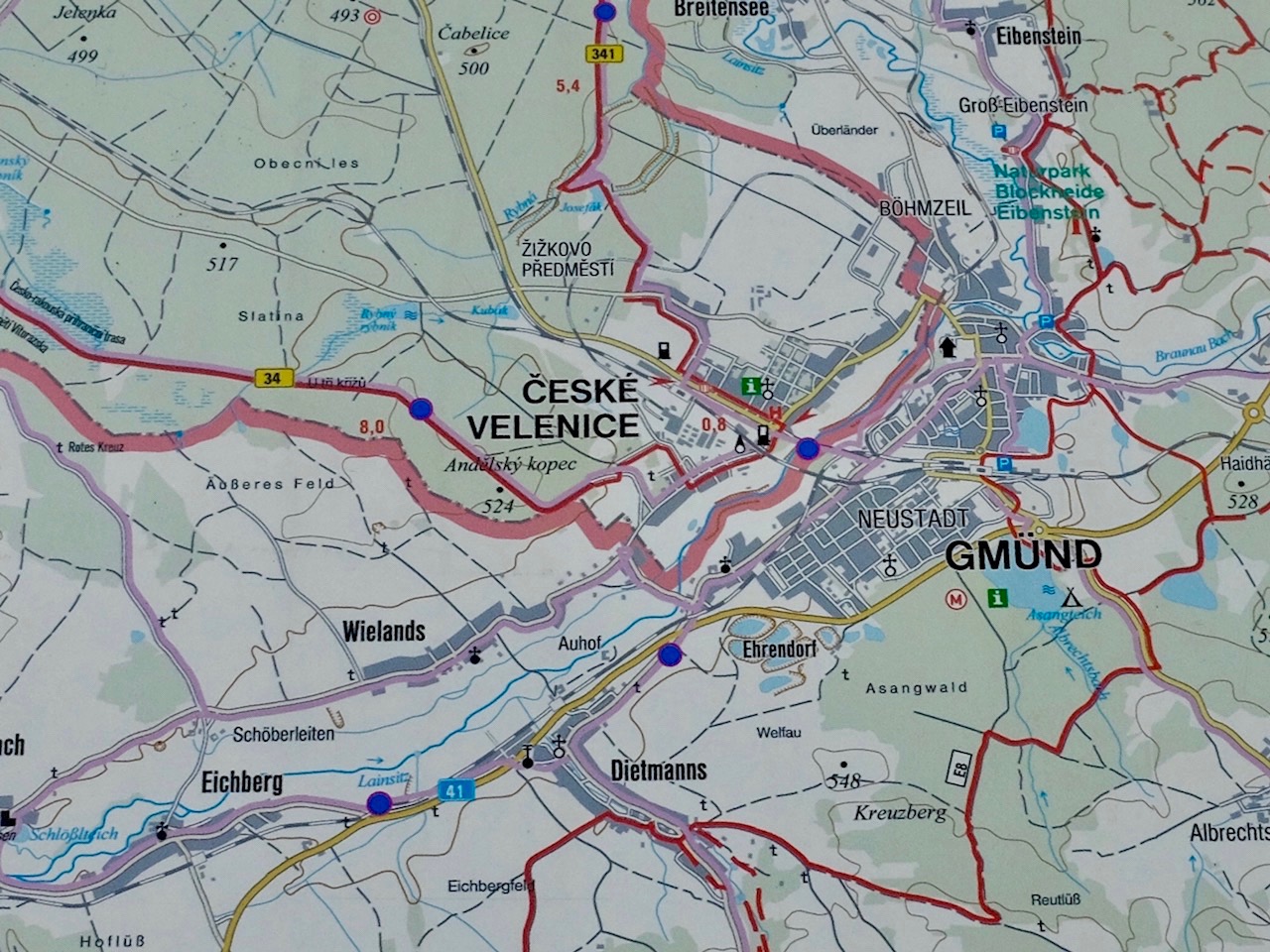
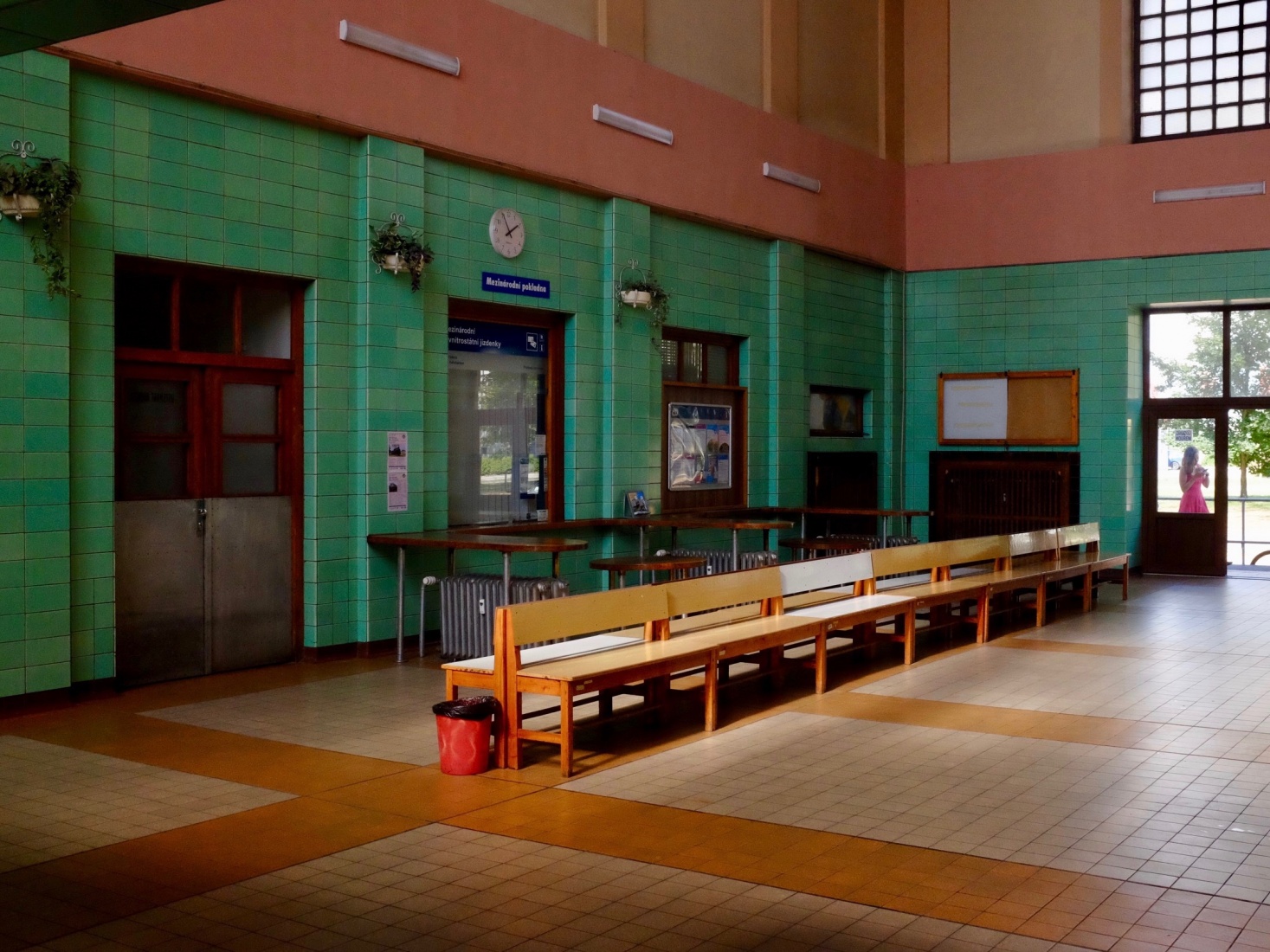
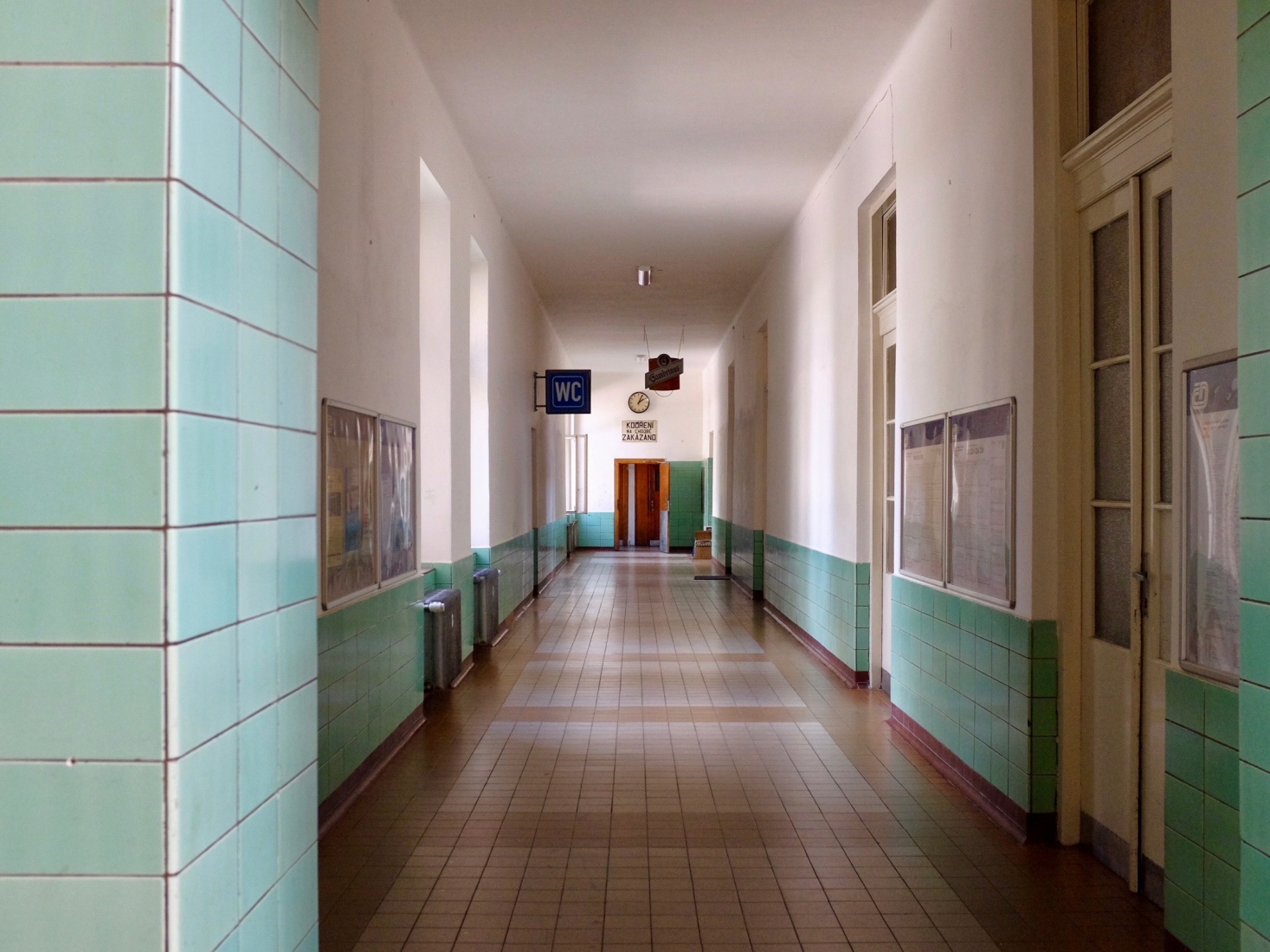
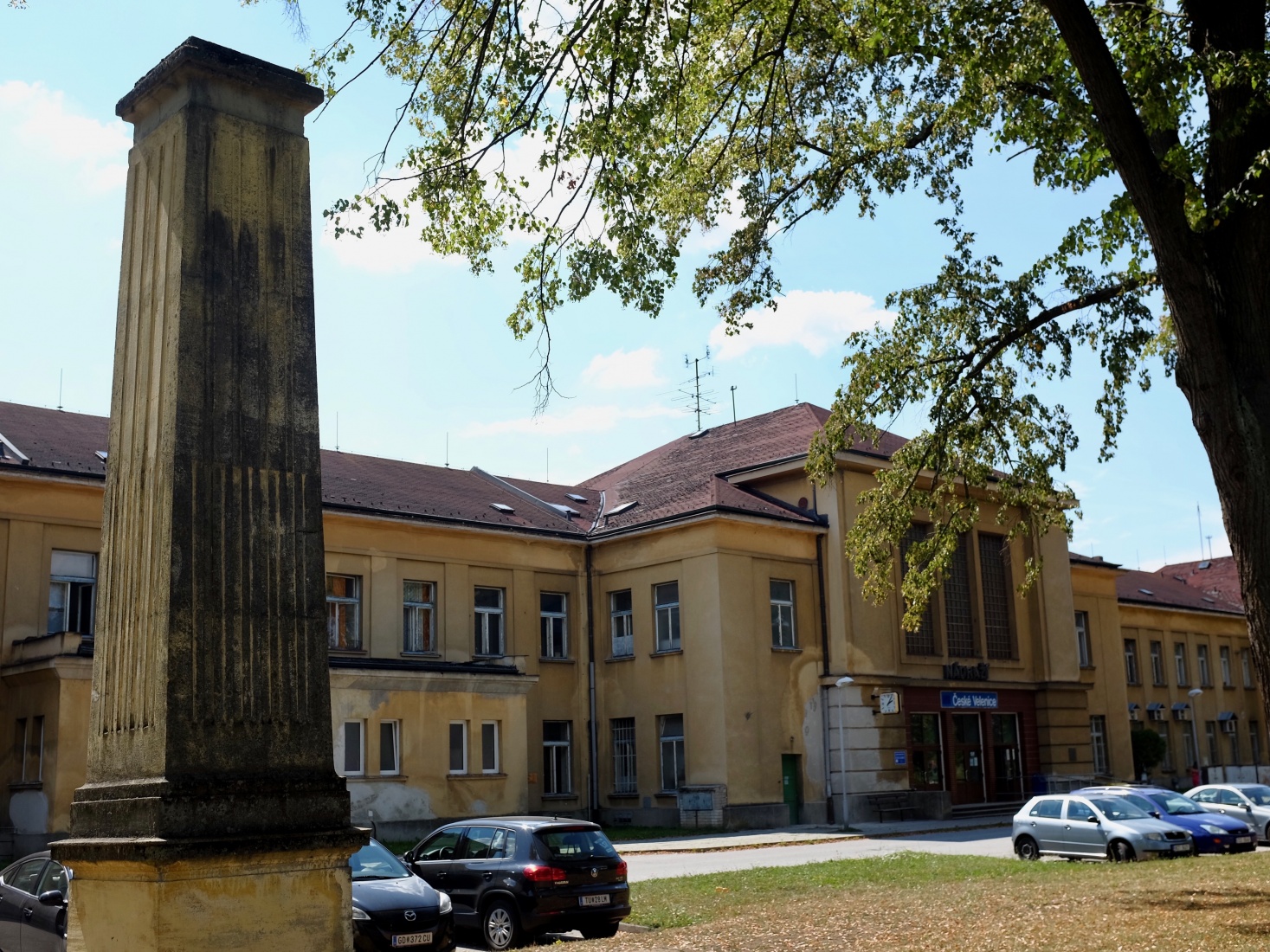
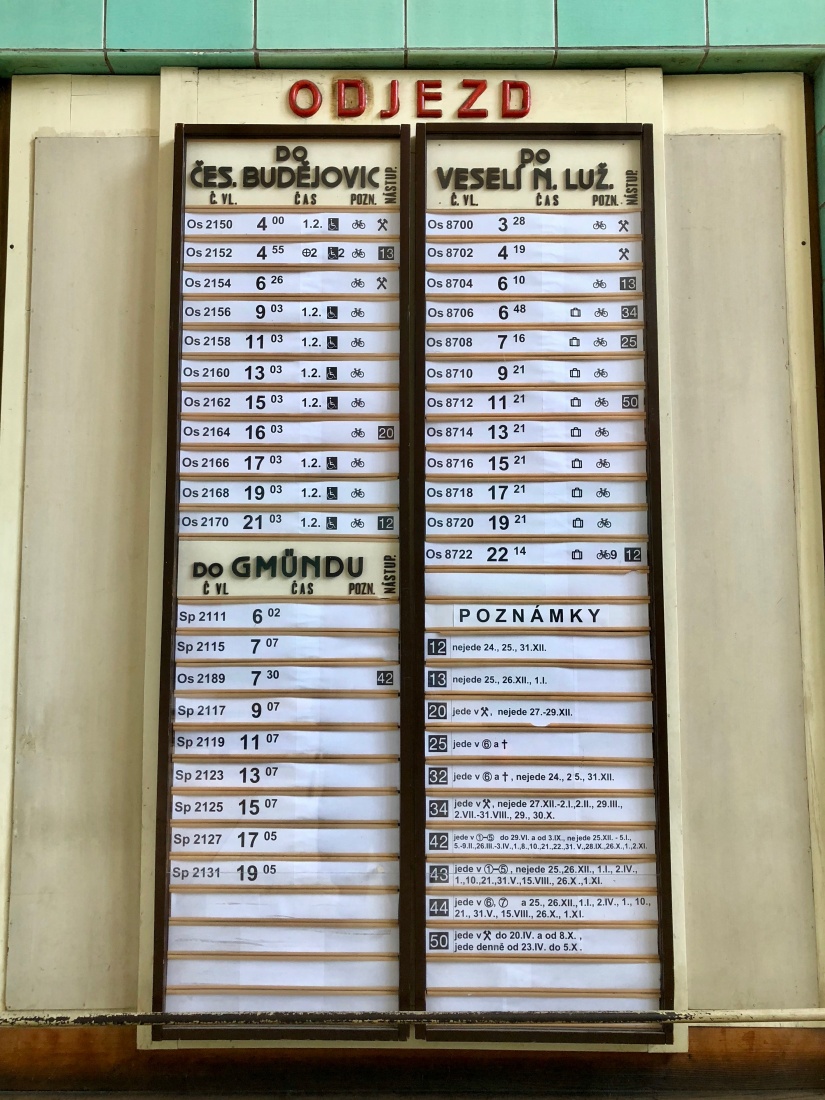
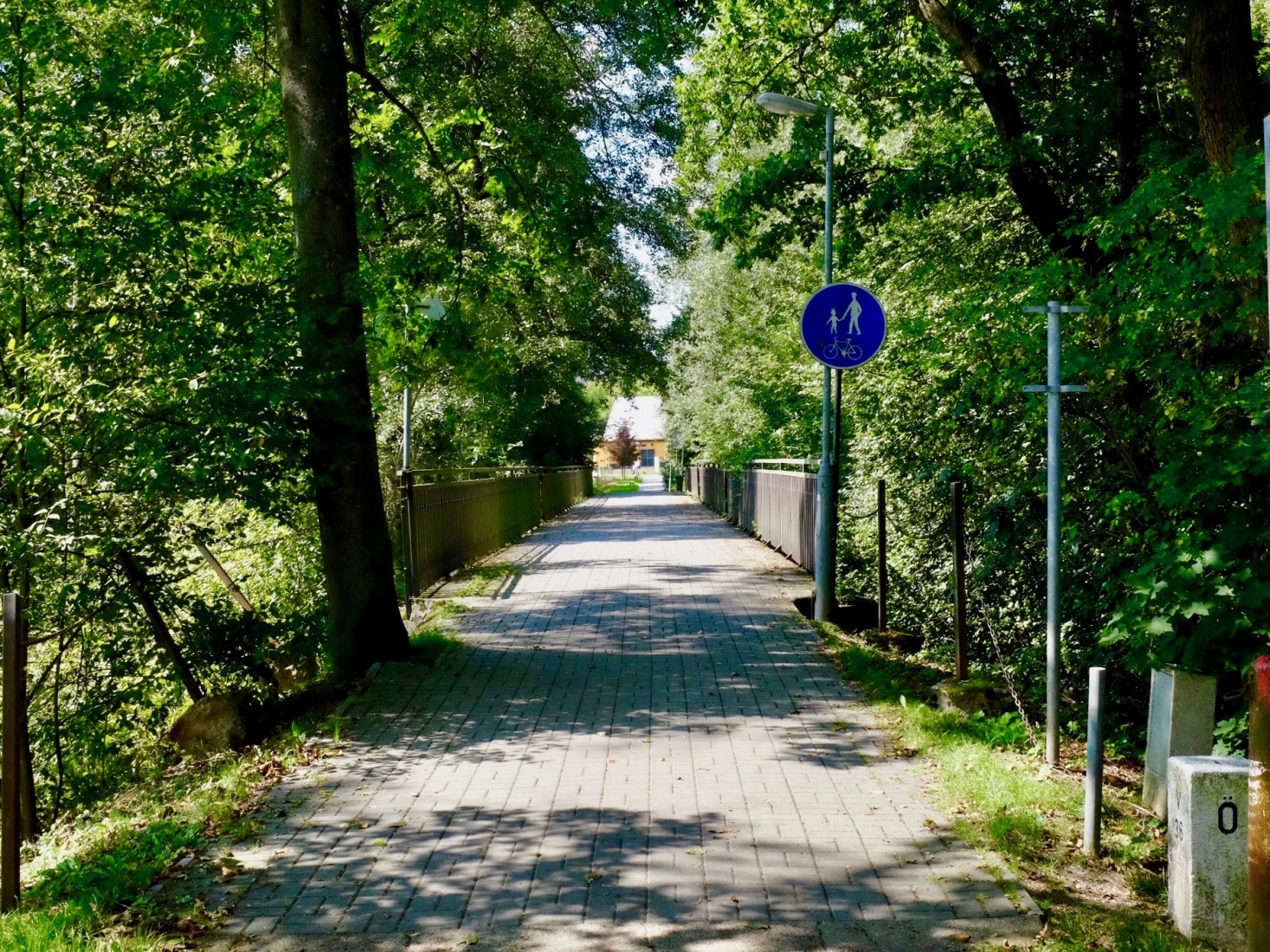

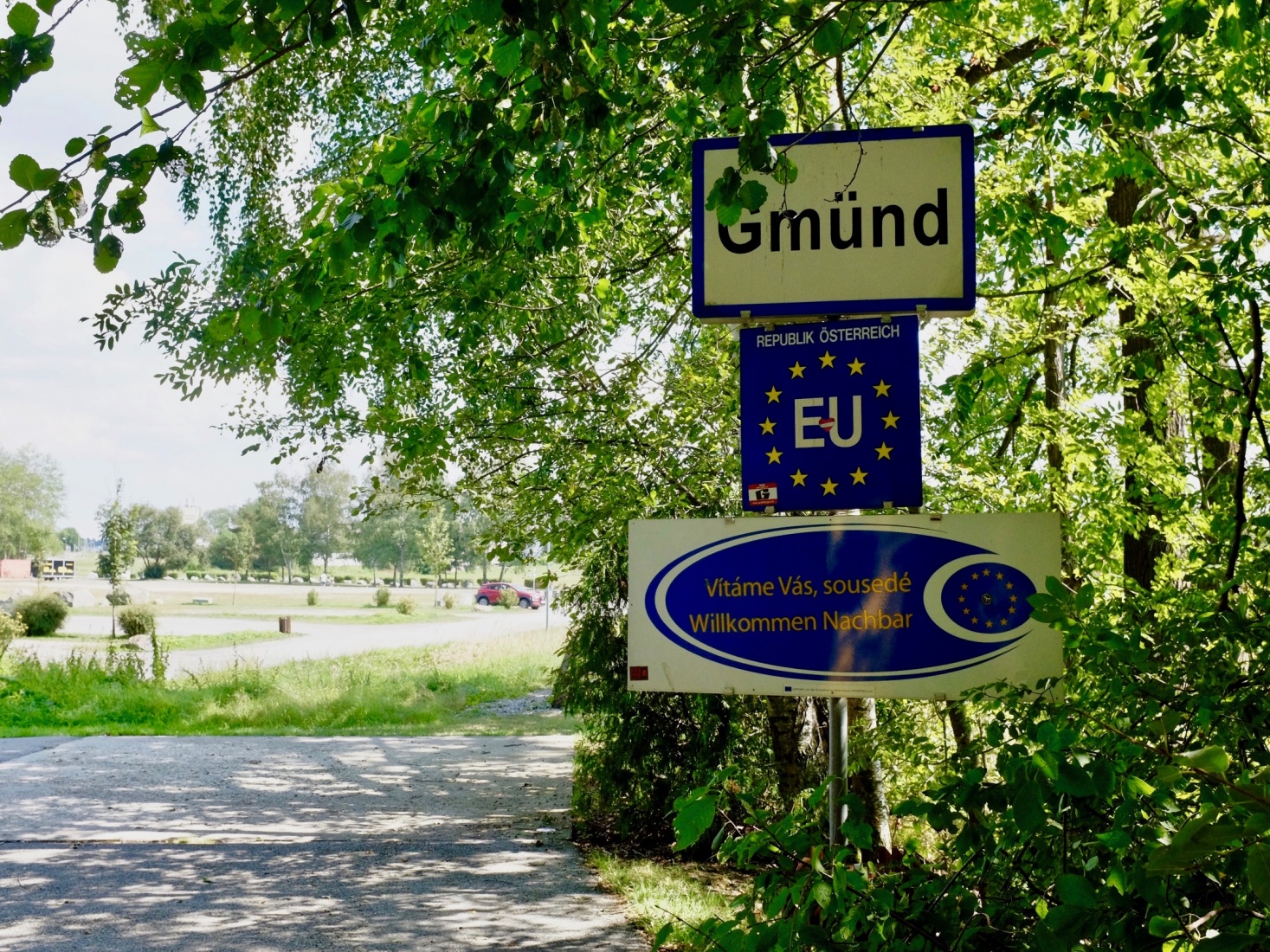
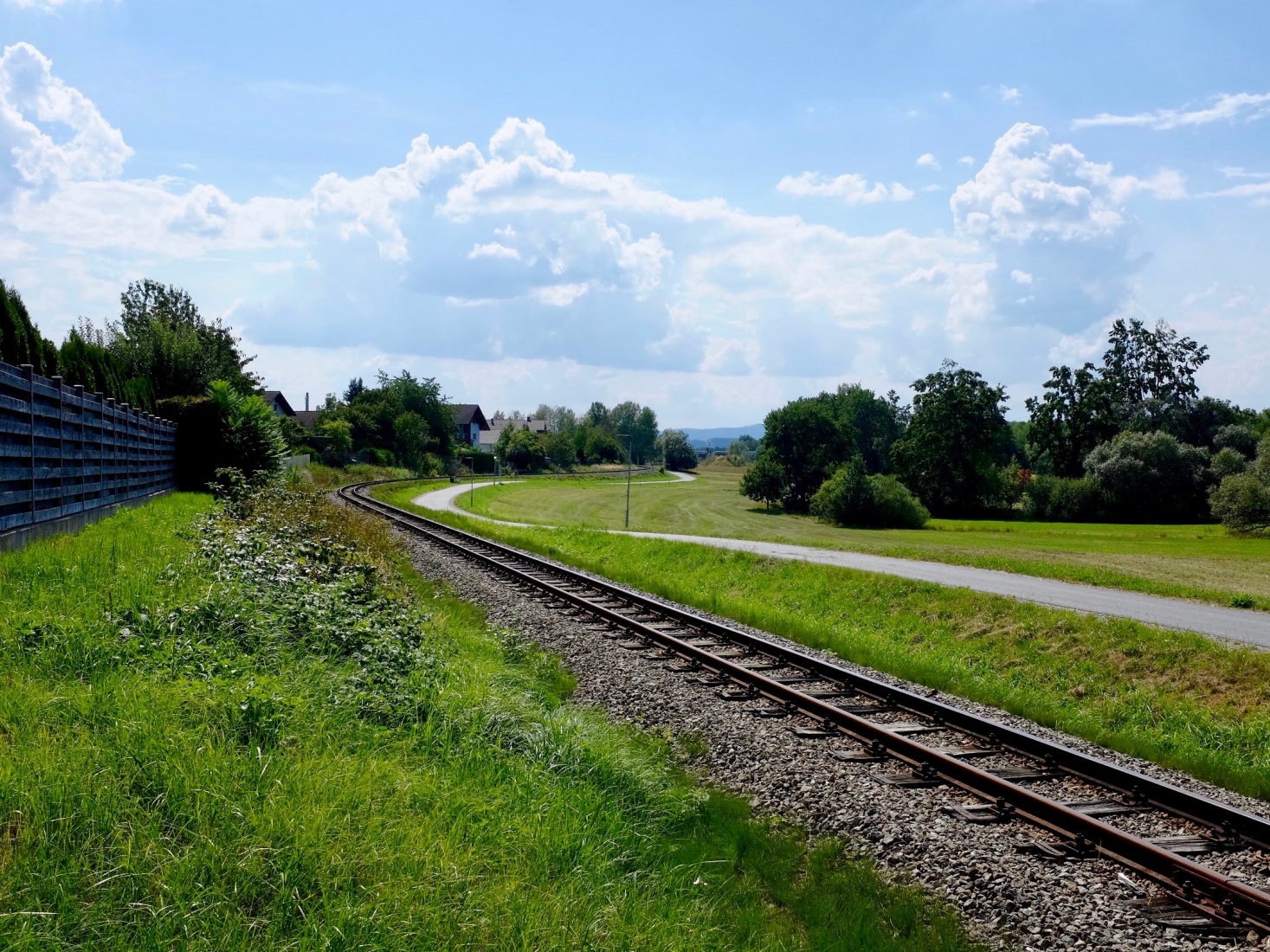
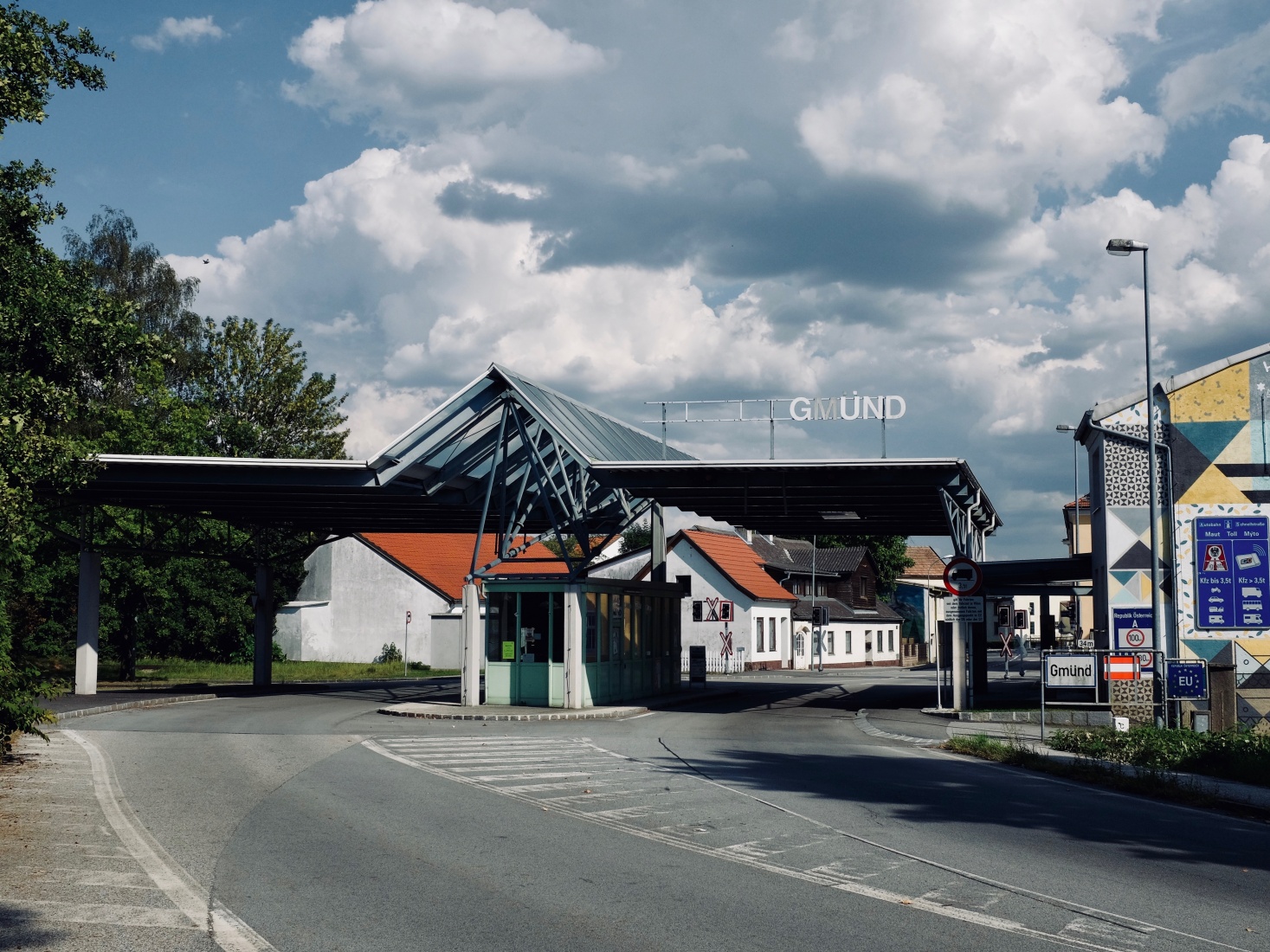
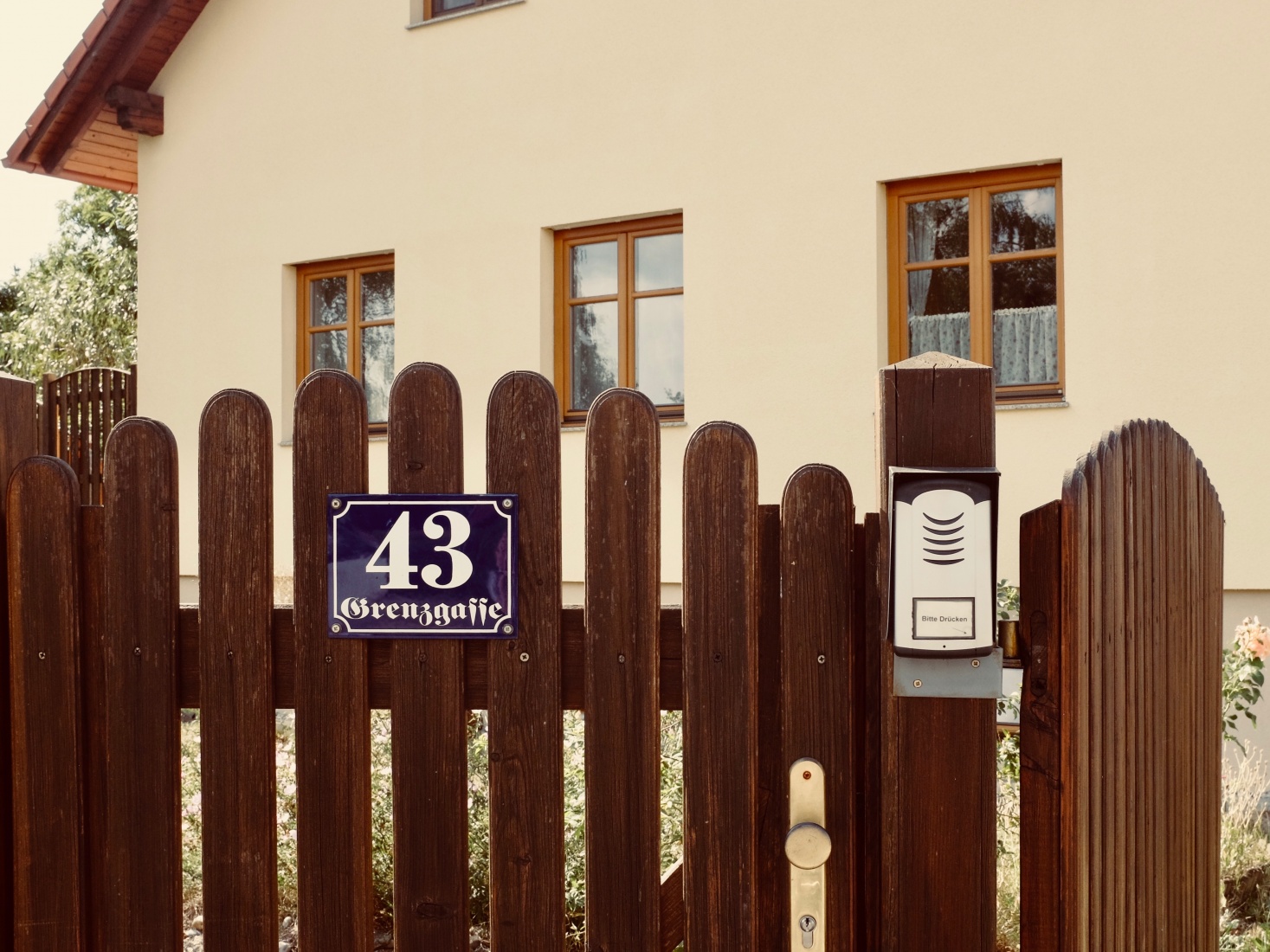
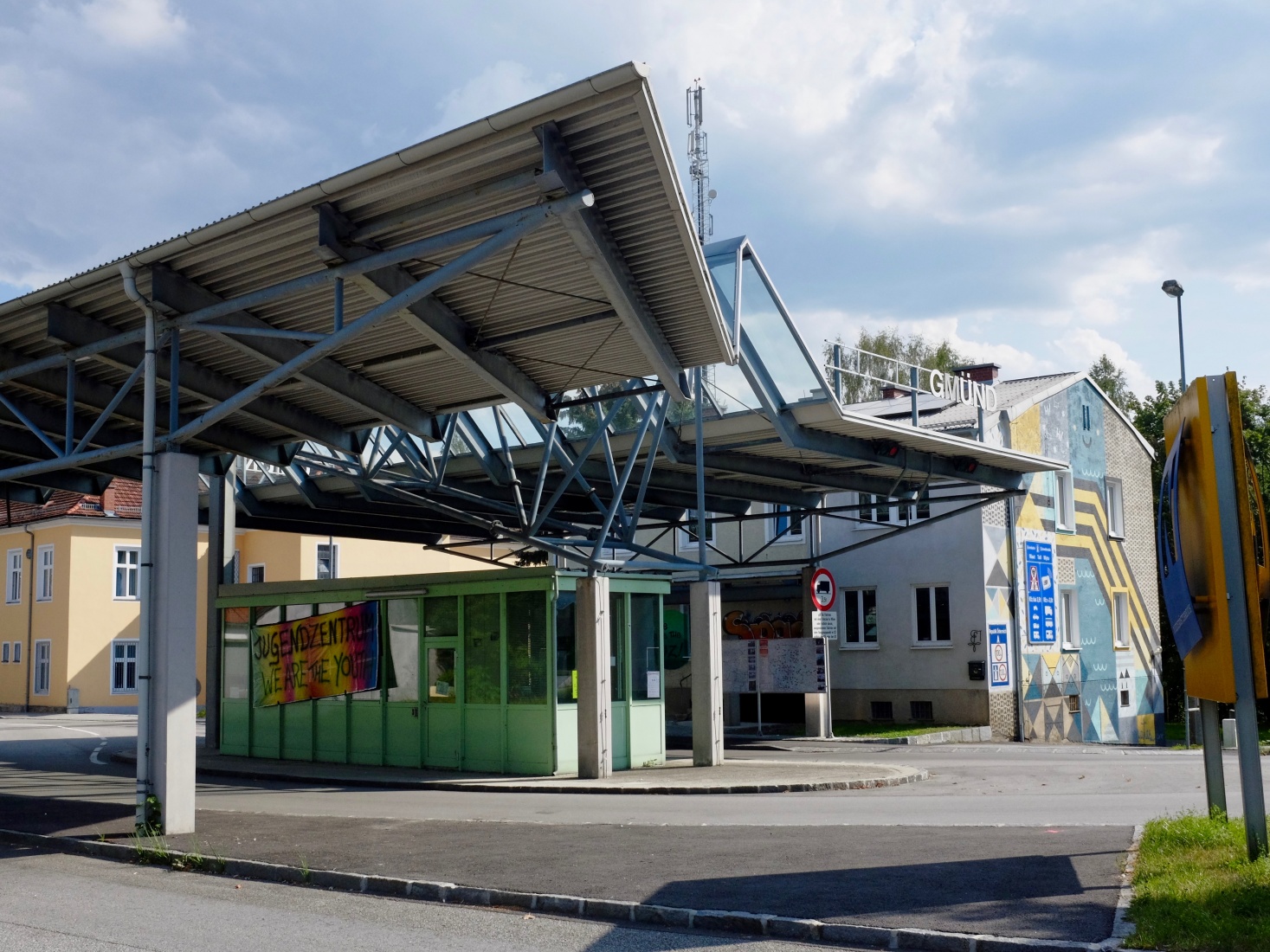
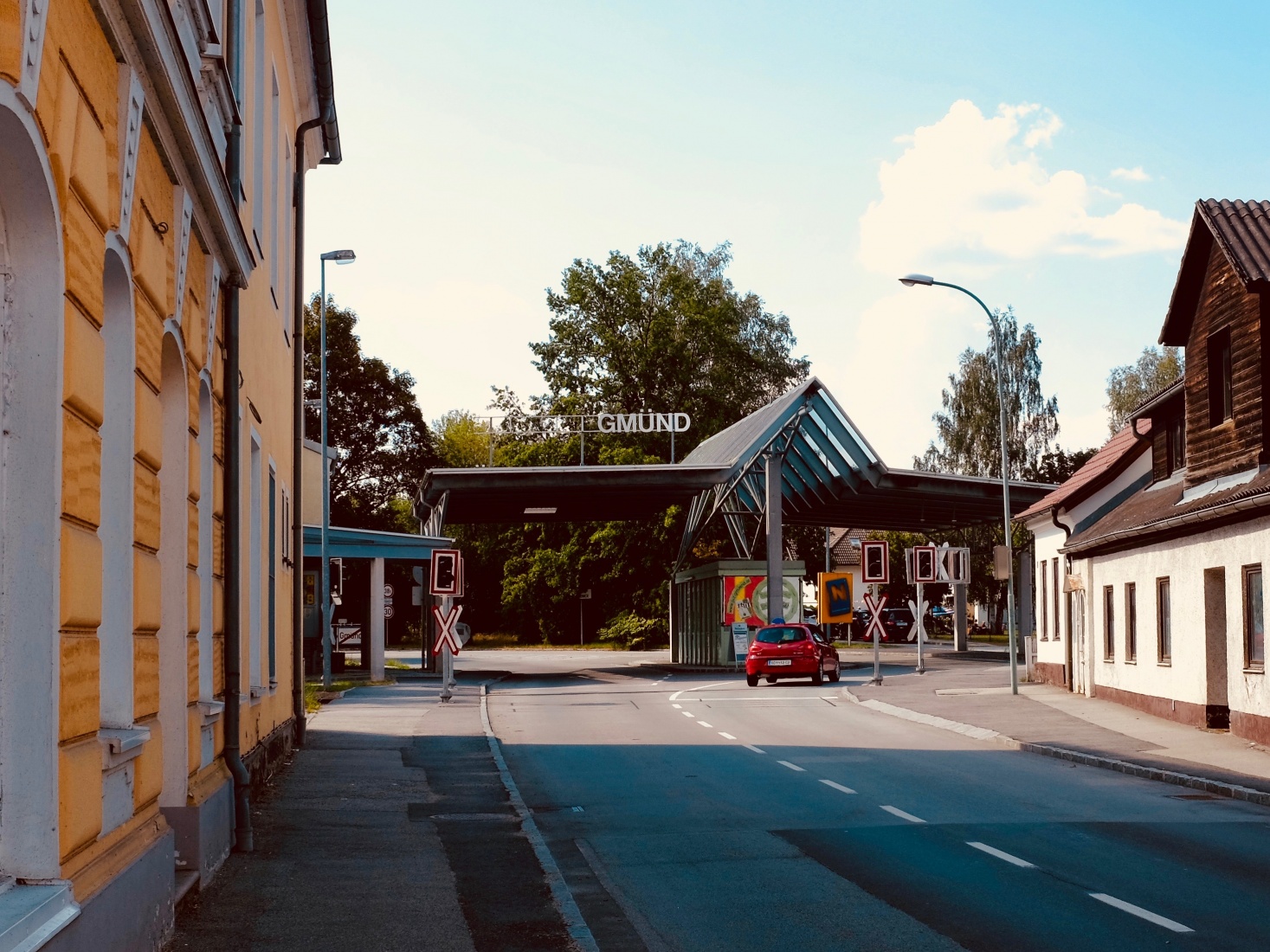
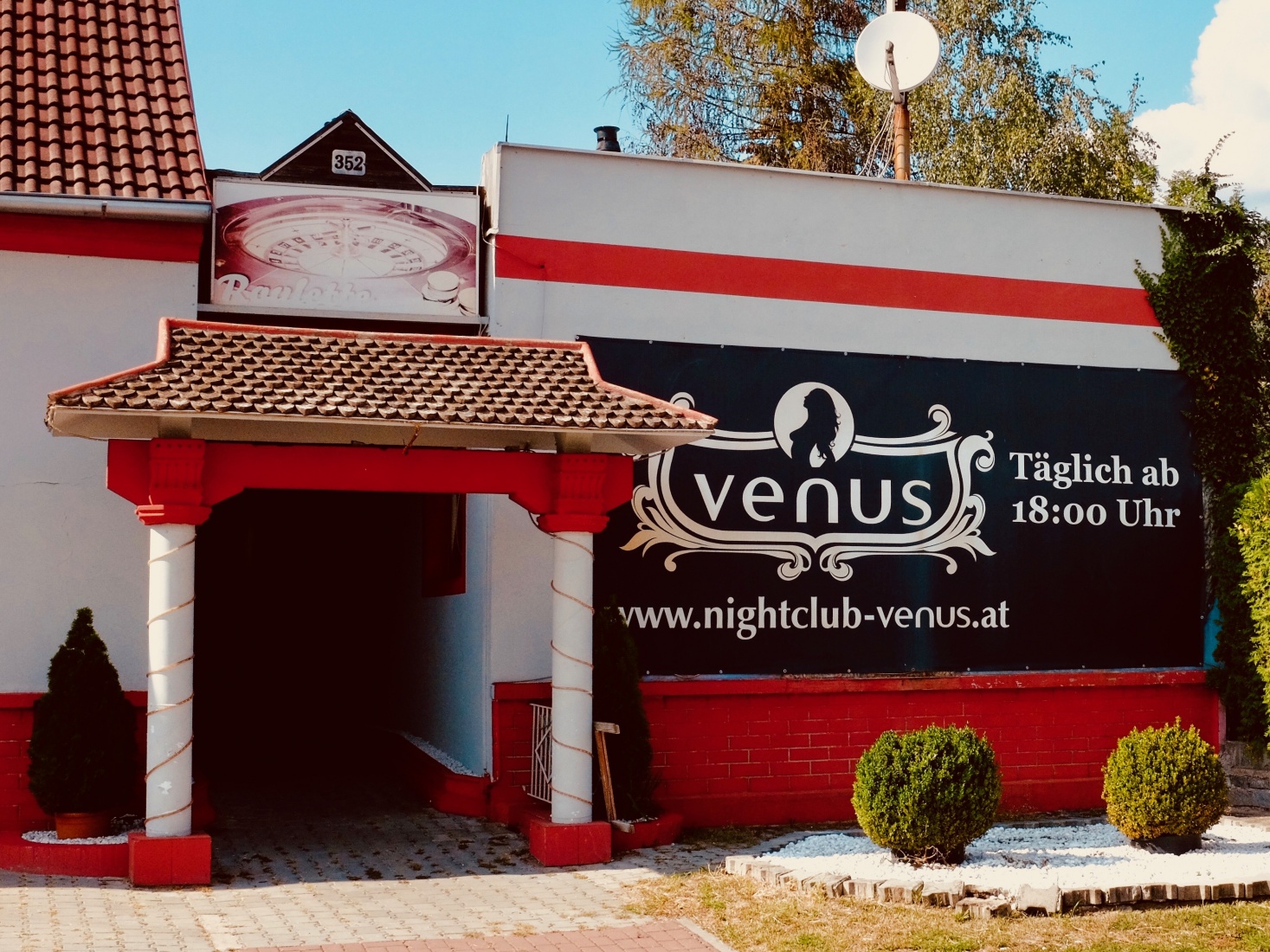

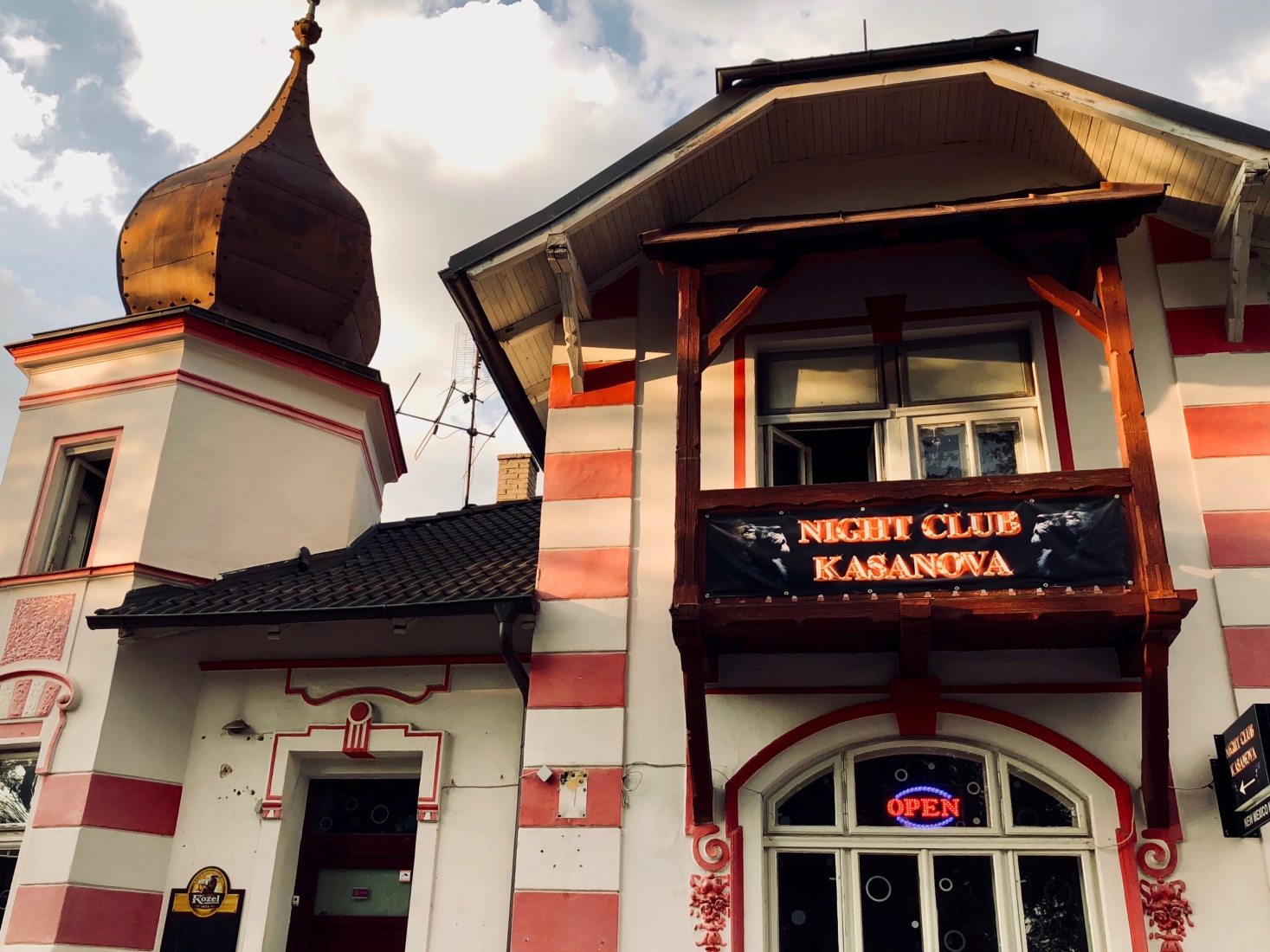
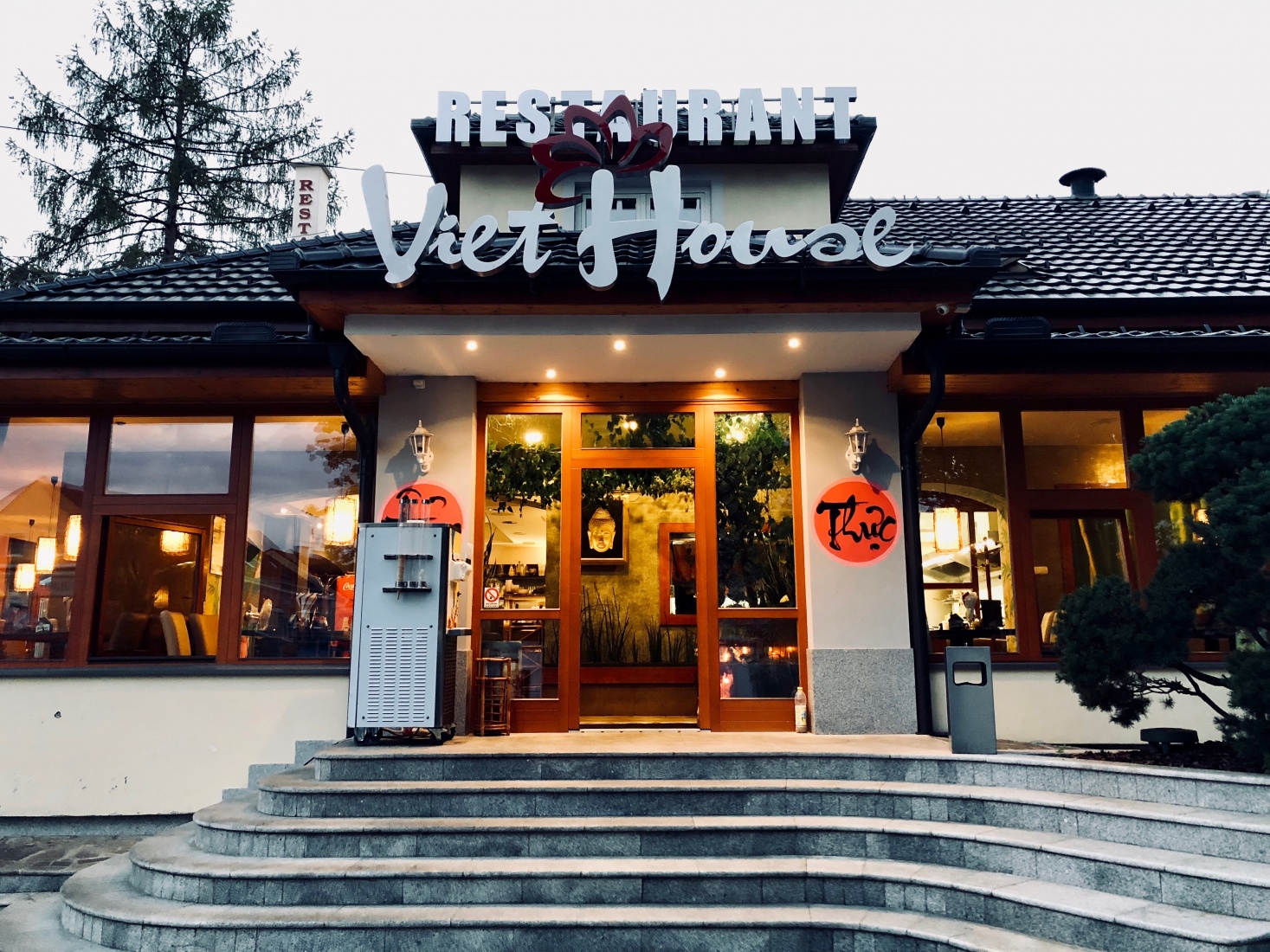
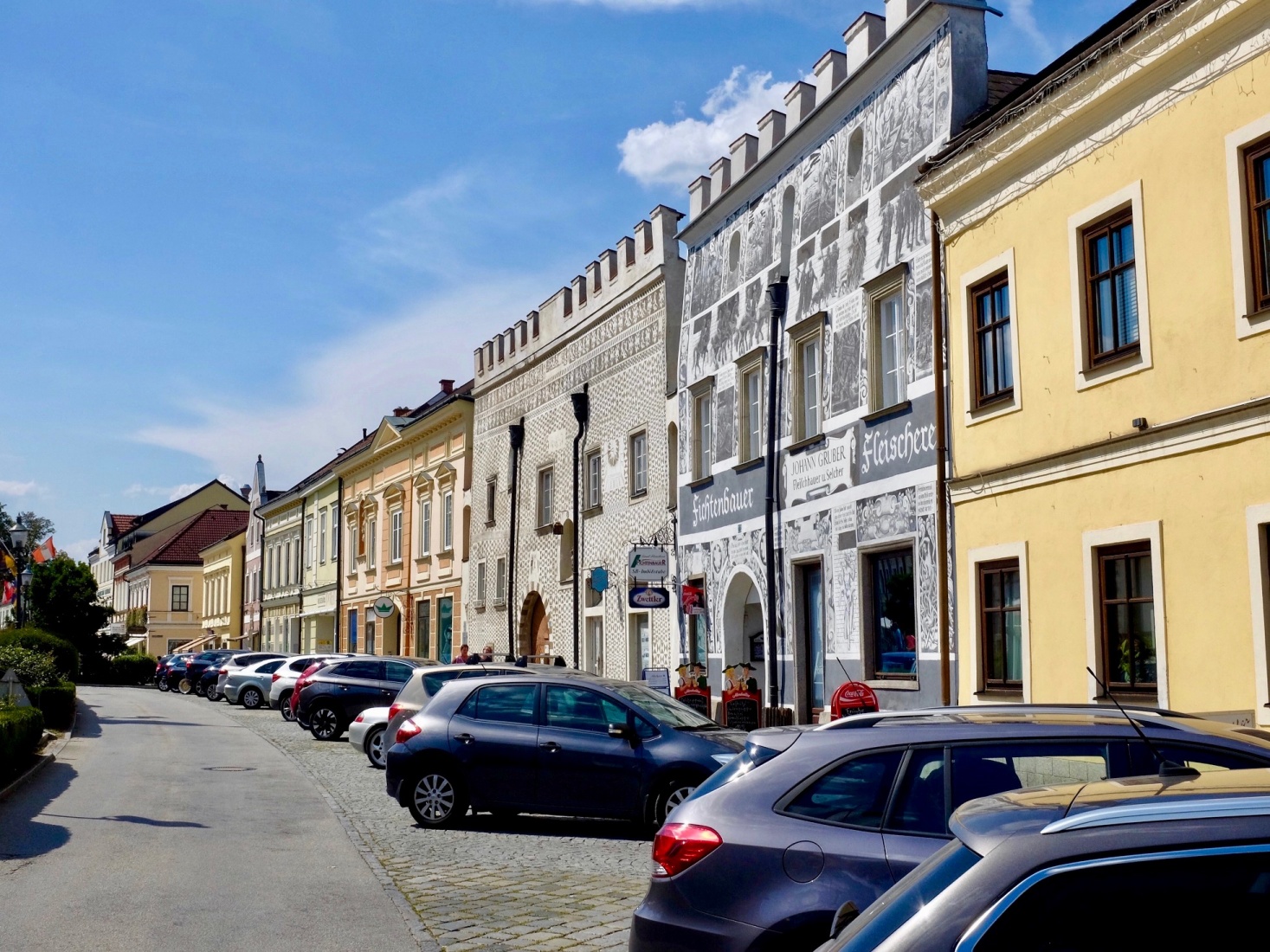
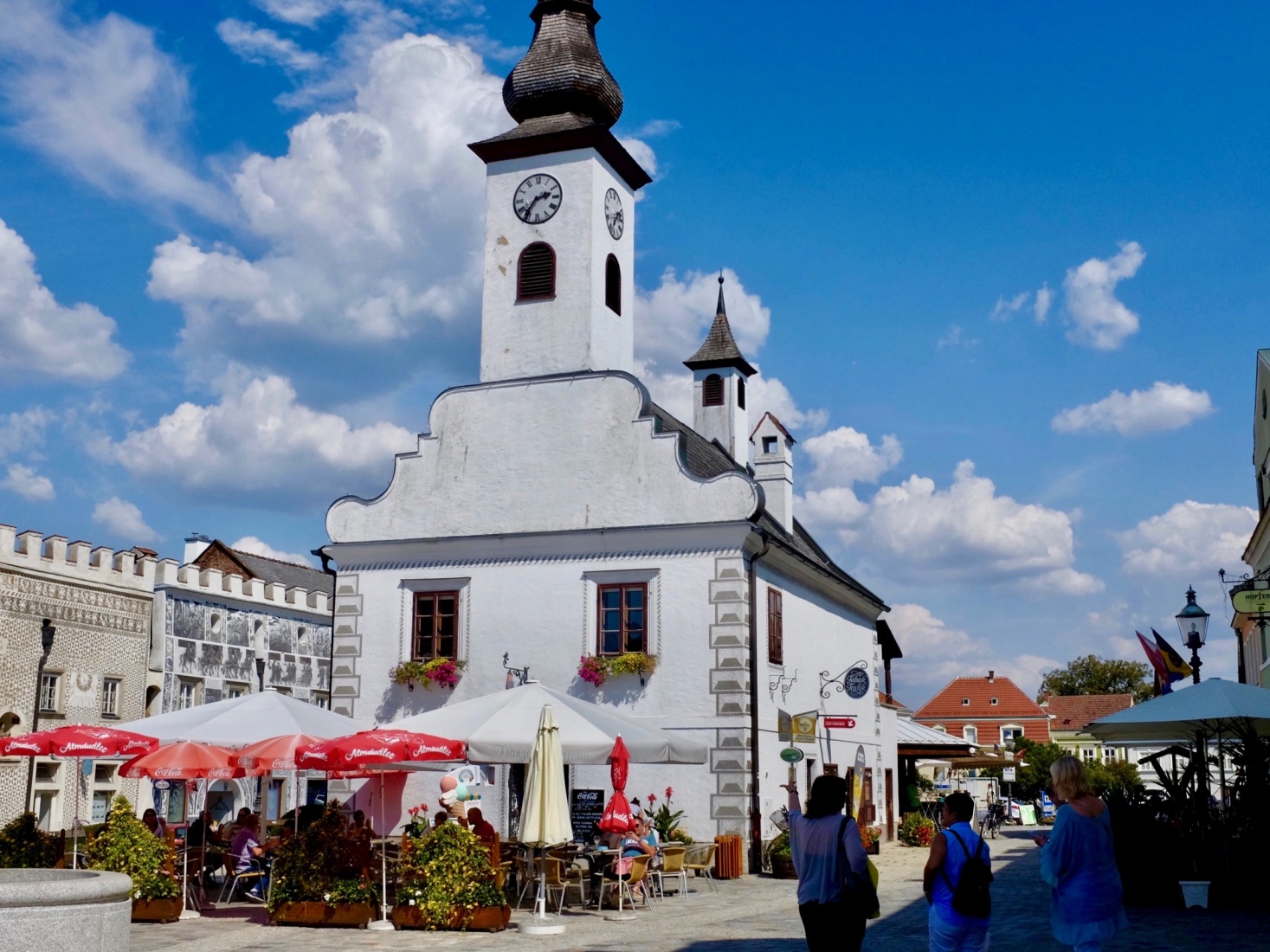
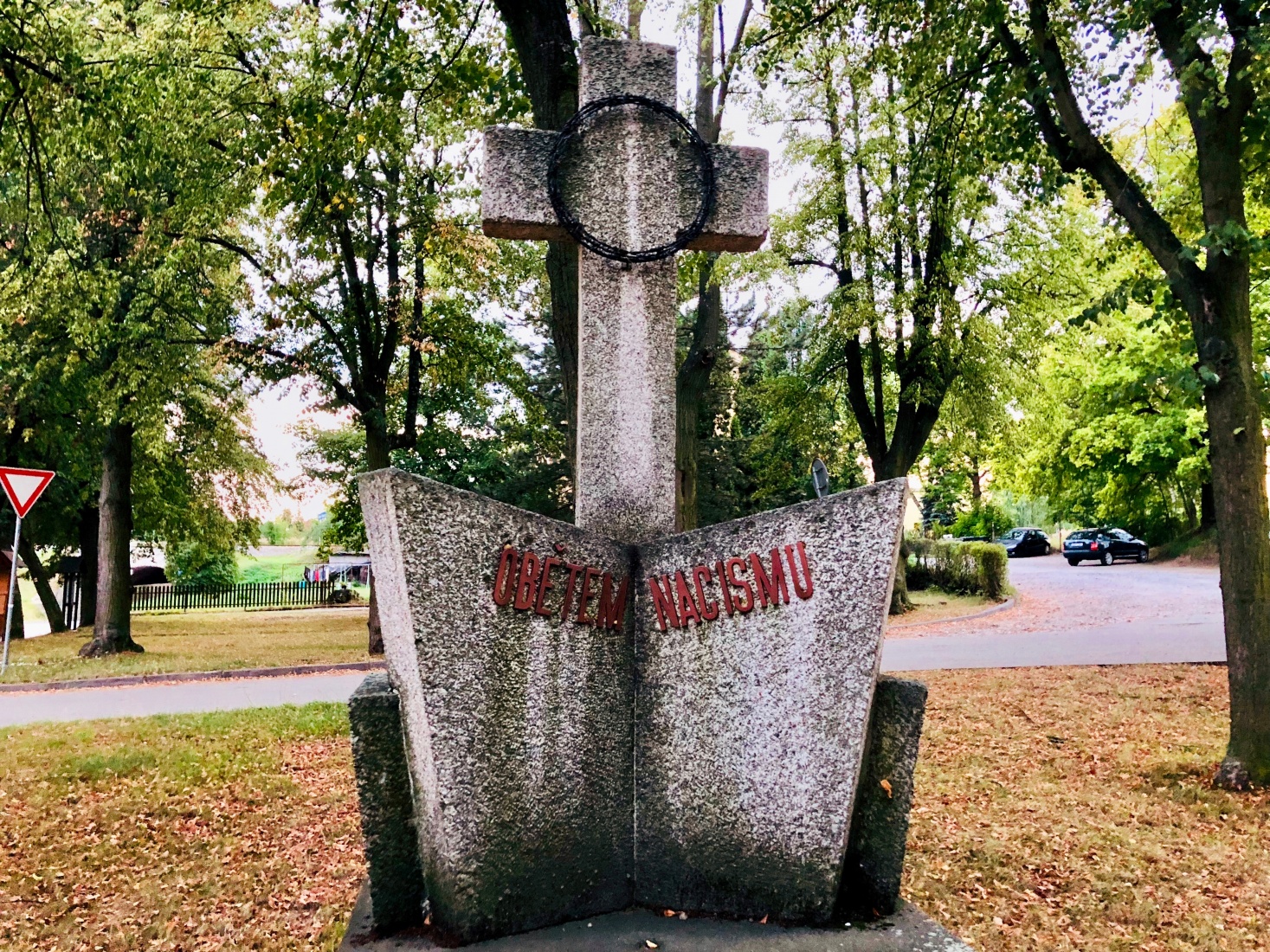
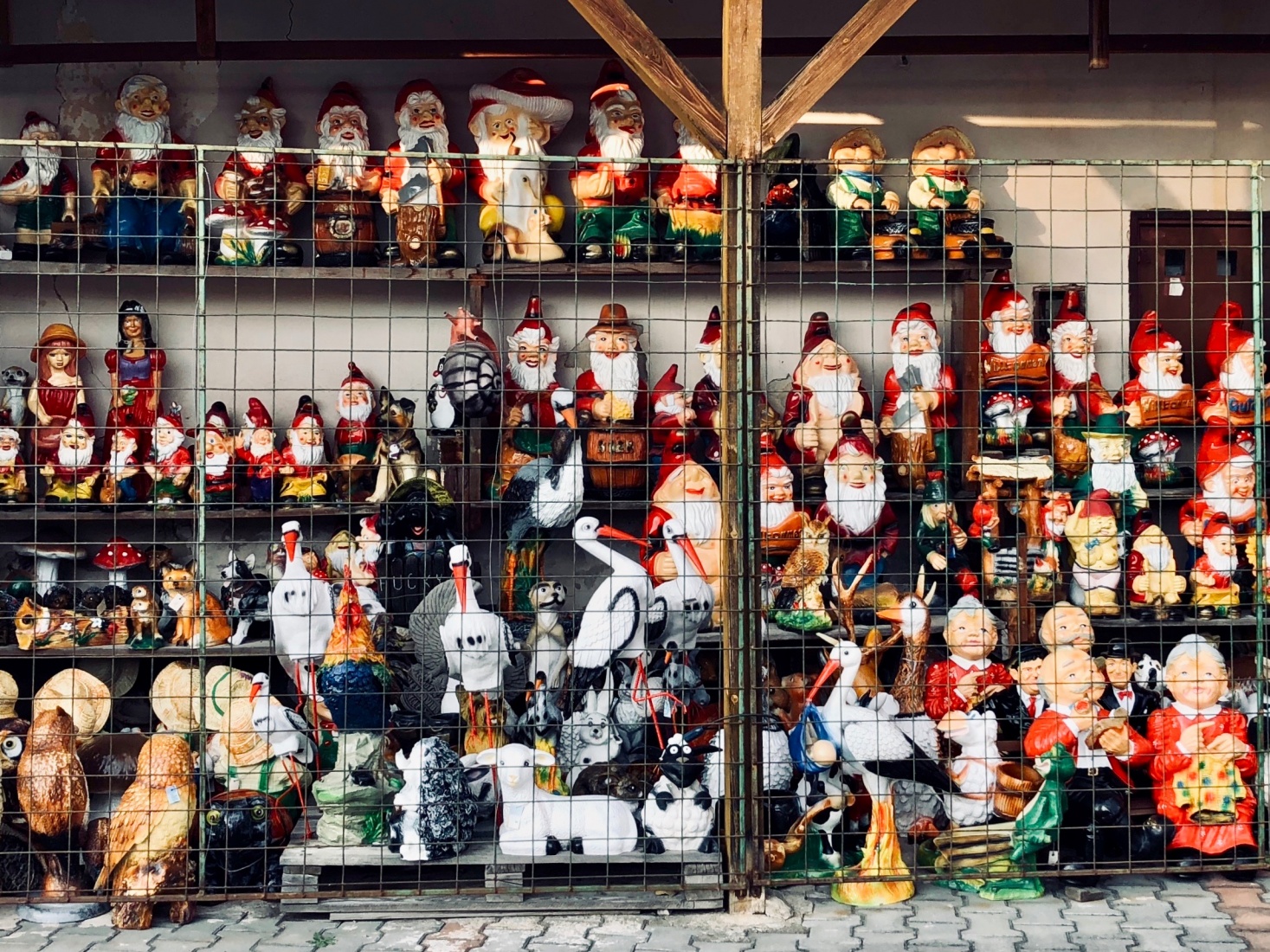

Very interesting! Thanks for writing and posting this artie. There are two reasons why I want to visit ?eské Velenice: 1/ It is one of the few Czech places which do not belong historically to Bohemia/Moravia/Silesia. 2/ A railway employee managed to preserve Masaryk’s train carriage here (if i remember correctly). It is in a different location, pity, as it could slightly offset the predominant local lines of business.
Thank you, Tomas! I would love to see Masaryk’s train carriage and will look for it on my next visit. Mark
Intriguing story indeed. I am also puzzled by your remark about garden gnomes and border towns. Is it for everywhere or just in Czech Republic?
I am not sure but the two seem to go together for some reason.
Very interesting story as always on this blog.
What is the story behind all the Czech border towns with a sizable Vietnamese community?
I’m not really sure, but there are many Vietnamese people in the Czech Republic going back to communist times. For some reason, members of this community have repopulated formerly depressed areas and cities along the border areas. Maybe it’s because they saw economic opportunities to try to revitalize these areas or the cost of living was simply lower.